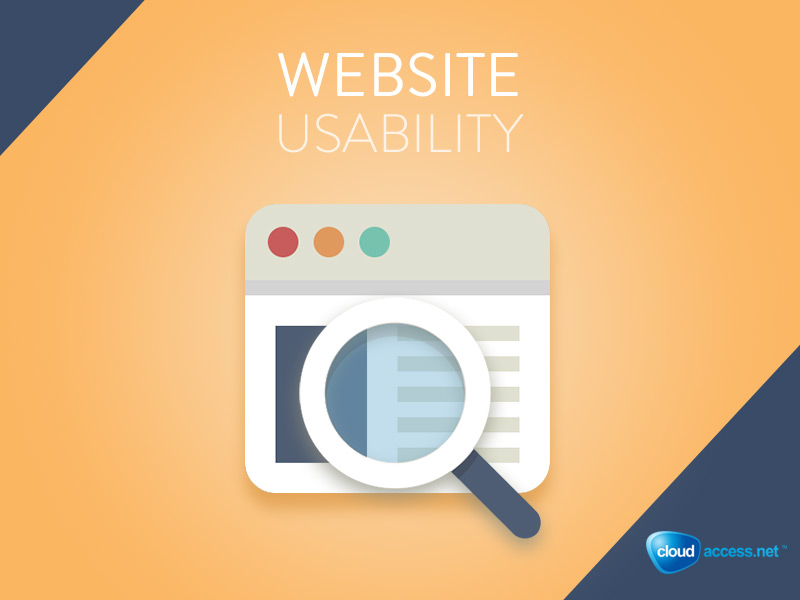6 Tips for Improving Website Usability
Living in a rapidly changing world, businesses not only have to survive, but its major goal must be growth and producing revenue. In terms of technology, the company website is the key to success. The owner should focus not only on the traffic but also the website’s usability. This blog has some tips on how to tune the website’s usability.
- Make Content Easy to Read
If a potential customer finds a website difficult to read or understand, then there is a high chance that he/she will abandon the website. Here are some tips that can improve a website’s readability.
- Use large font (minimum 14px) with a proper paragraph (usually 3-4 lines)
- Use words that all the users to grab the content with ease.
- Contrast between the text and background color
- Use subheadings and categories for better navigation
- Use bullet points and white space for differentiation
- Make your Website Effortless
If the website is difficult to use or to time-consuming to accomplish a task, the conversion rate will be low. There are some important methods to solve this issue:
- Highlight important services or products on the site
- Add definitive call-in-action by simply stating the business missions and urging customers to purchase
- Use good images to indicate what the product/server is about.
- Use seamless navigation so that every section is clear and easy to jump between.
- Limit scrolling by scaling horizontally
- Provide Consistency Throughout
This is not only just about the website style, but also about the company goal and commitment. If there are too many types of fonts, colors, and layouts, then it will cause distractions and loss. Consequently, users will get confused about the purpose of the site. Therefore, everything should be themed to make the site coherent. - Keep it Simple
Knowing your users and their goals play an important role. Many websites ask for a lot of information in order to make a purchase or reservation, while, the visitors only want to shop or validate a product’s details. If the website looks too complicated and not user-friendly it will turn people off. The easier it is for users achieve their goals, the more they will interact with the website. - Make Everything Compatible
The explosive amount of devices on the market today has caused many issues to website usability. It is imperative that the website be responsive, mobile-friendly, and compatible no matter what screen type it is being accessed from. In 2015, Google changed its ranking signal to vote down websites that are not mobile-friendly. To address this issue, Google suggests using the Mobile-Friendly test tool and some simple guidelines to check the website’s responsiveness. - Know What Testing tools to use
Without testing tools, newbies will find it difficult to validate a website’s usability. Luckily, there are few options ranging from easy to complicated both online and offline.
- The easiest method is Card Sorting App which helps the owner to conduct a variety of tests with different purposes. Spur is a great example for neat websites. Type in a URL and enjoy a cup of coffee then check the result.
- Another effective solution is through website tracking. Google Analytic, for example, is a popular tool. The owner only needs to add some code to their website and wait a few days to get the results.
- Speed testing is also a good way to measure a website’s usability. GT Metric and Google Speed Test are popular and powerful tools; check them out.
- Chrome is the most popular web browser, however, this does not mean that the owner should not pay attention to others. Besides the Google Test Tool, W3 validator is a super power tool that can be used to make sure the website is compatible with all browsers,
The above tips are good starting points for beginners in order to increase their conversion rate as well as grow revenue. Applying them now and then re-evaluating each item individually is a recommended approach. Finally, it does not matter how much effort is put into the improvement. What does matter is the user's experience when they use the website. Remember: User-centricity is the key to the success.


